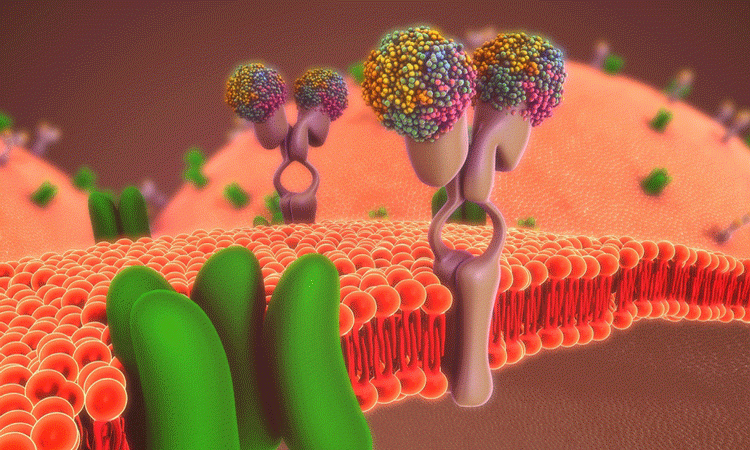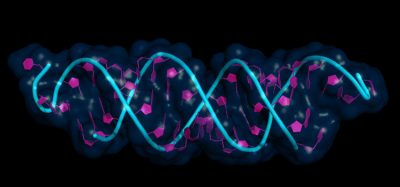Membrane protein function behind epilepsy discovered
Posted: 30 August 2019 | Victoria Rees (Drug Target Review) | No comments yet
Researchers have revealed the 3D structure of a membrane protein which plays a role in the development of conditions such as epilepsy and blindness.

A research team has announced their unprecedented discovery of the three-dimensional (3D) structure and mechanism of a membrane protein which causes epilepsy and muscle problems. The scientists, from the Korea Brain Research Institute (KBRI), South Korea, say their findings can be used in the development of therapies to control the protein.
…the structure and functions of the membrane protein and the principle-of-material transport can be used in the development of technologies that control various physiological mechanisms”
Previous studies have shown that neurons control the delivery of electrical signals and secretion of signal transduction materials by exchanging chloride ions and hydrogen ions in the cell membrane. A transporter protein known as CLC is involved in this process so if this is affected, muscle problems, epilepsy, hearing loss and blindness can develop.
The current study succeeded in identifying for the first time the structure of external glutamate residue, which plays a critical role in the ion exchange of single CLC transporter proteins.
The researchers produced mutated CLC proteins, where external glutamate residue is changed and found a 3D structure under nine different conditions. The team also uncovered new areas where chloride ions are combined in a transporter. Based on this, they revealed that a single CLC protein can have four different structures in the ion exchange process.
The team say that the structure and functions of the membrane protein and the principle-of-material transport can be used in the development of technologies that control various physiological mechanisms and diseases by manipulating the membrane protein.
Lead researcher Dr Lim Hyun-ho said “Our team could achieve good results thanks to KBRI which provided long-standing support for the systemic research that integrates structure and function even though the results could not be achieved immediately.”
The team will continue to research the membrane protein, which is essential to maintaining the physiological function of a brain.
The results were published in Proceedings of the National Academy of Sciences (PNAS).
Related topics
Drug Targets, Imaging, Protein, Structural Biology
Related organisations
Korea Brain Research Institute (KBRI), Proceedings of the National Academy of Sciences (PNAS)
Related people
Dr Lim Hyun-ho






